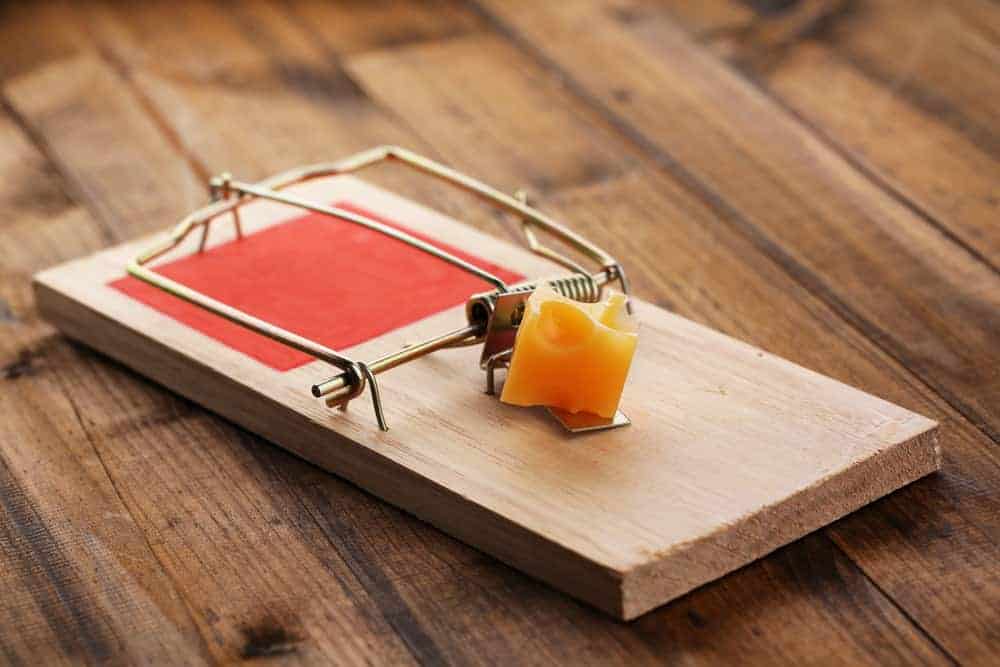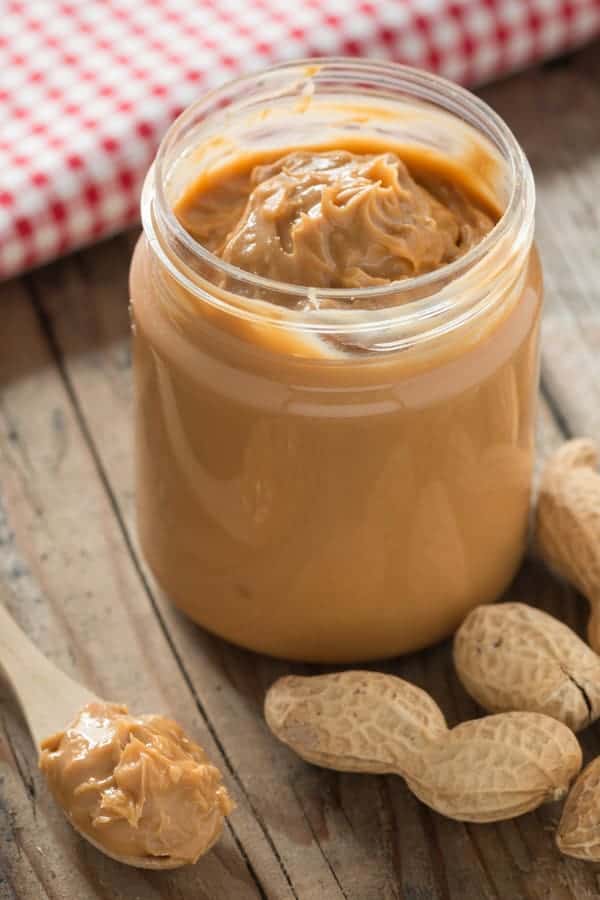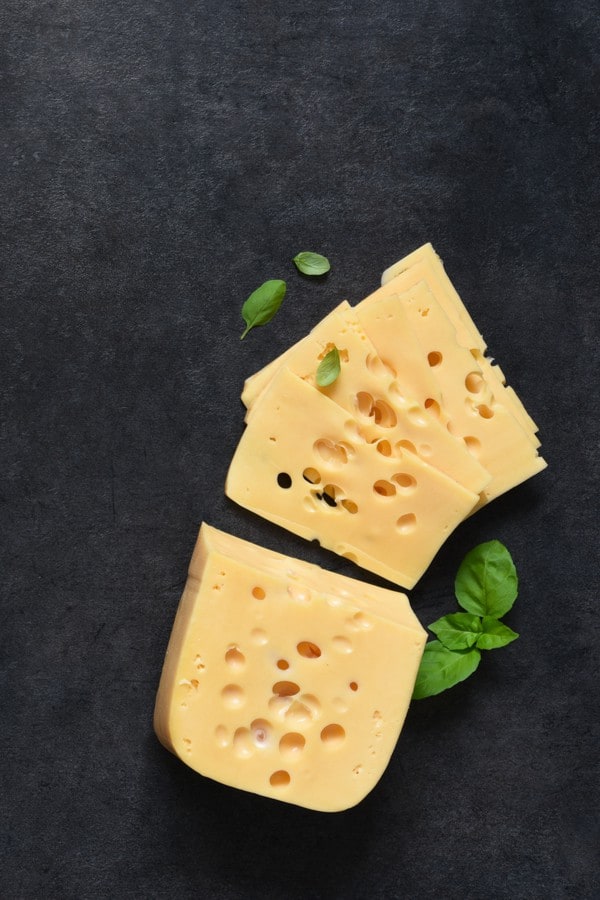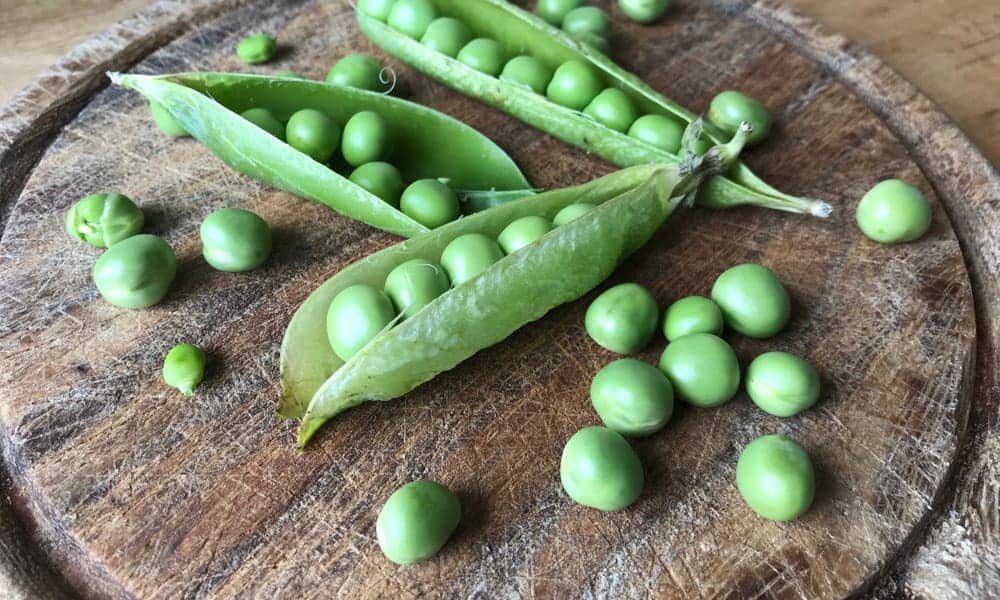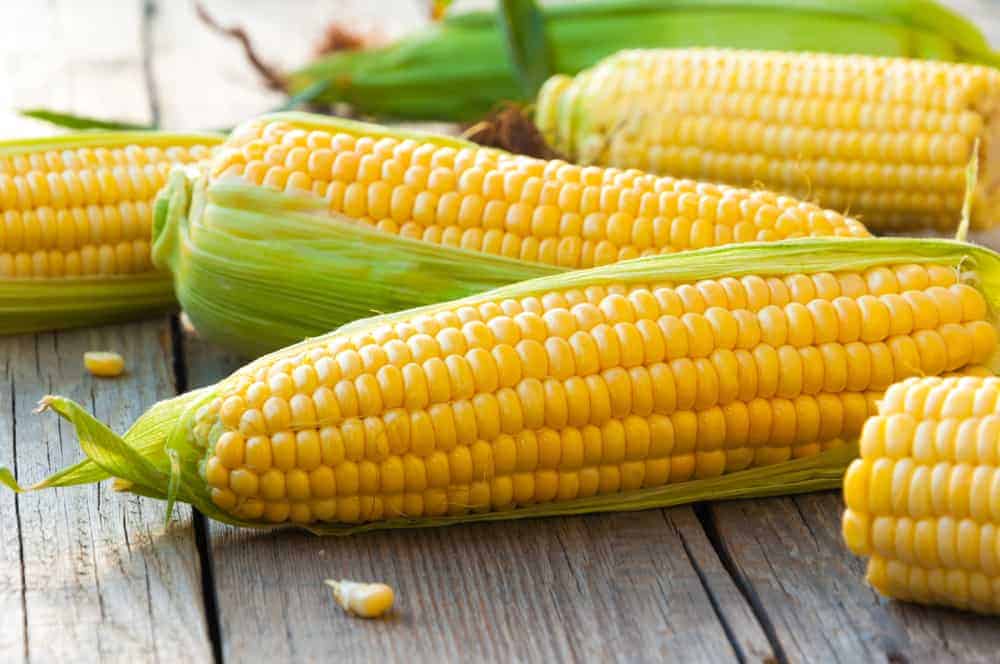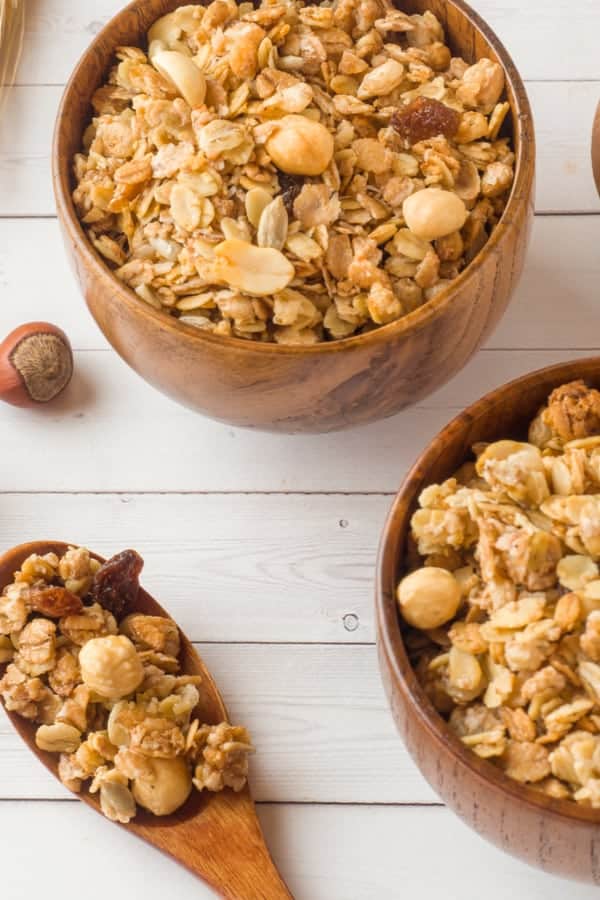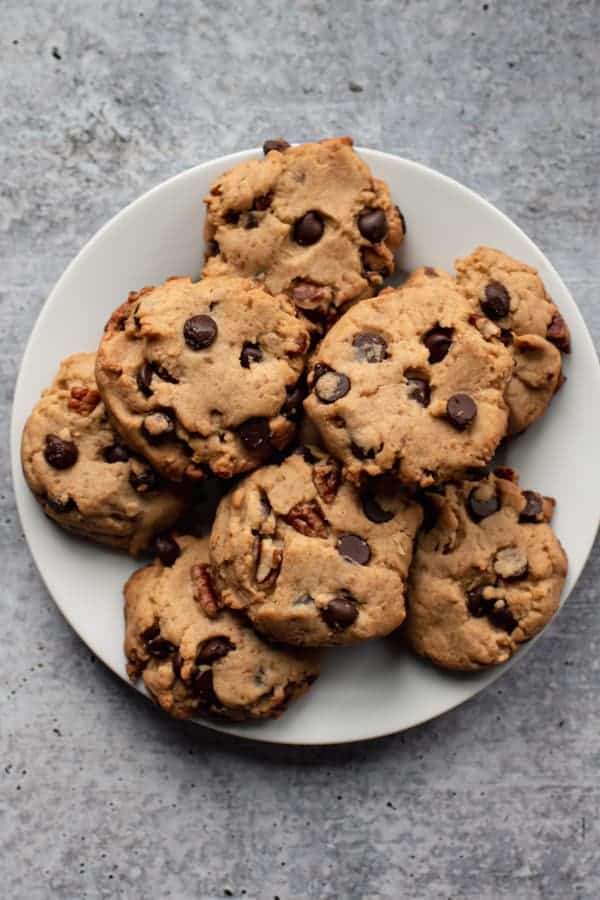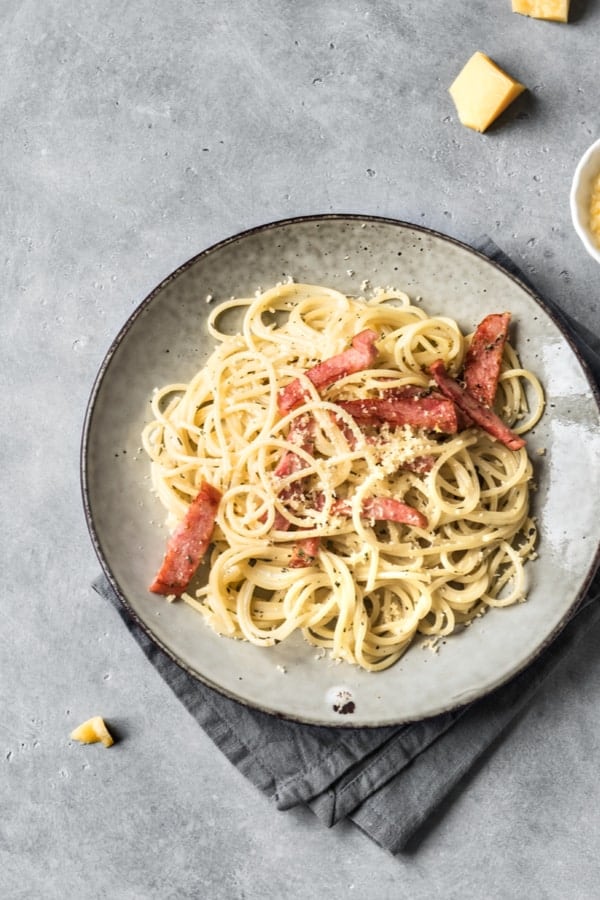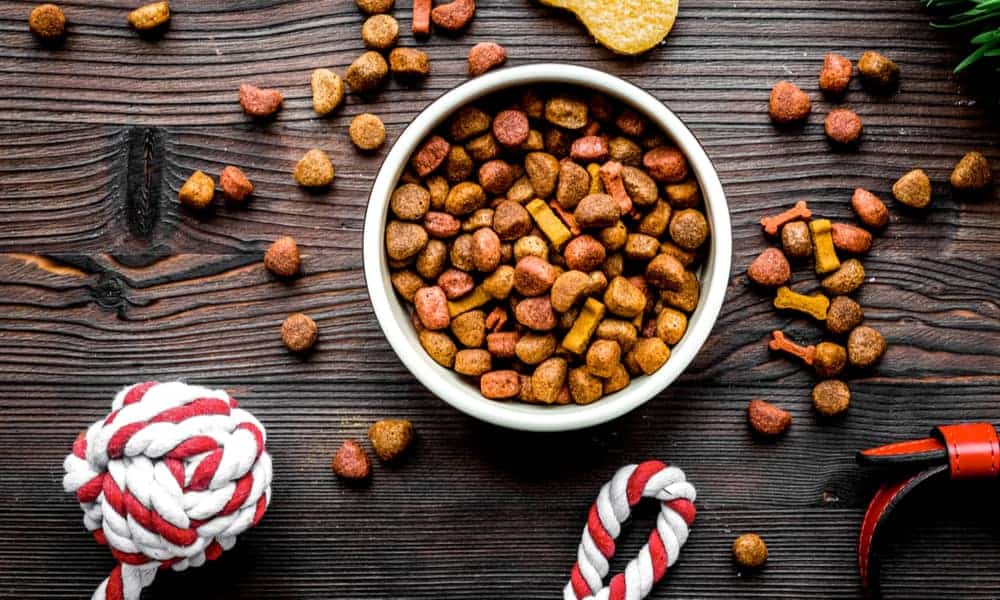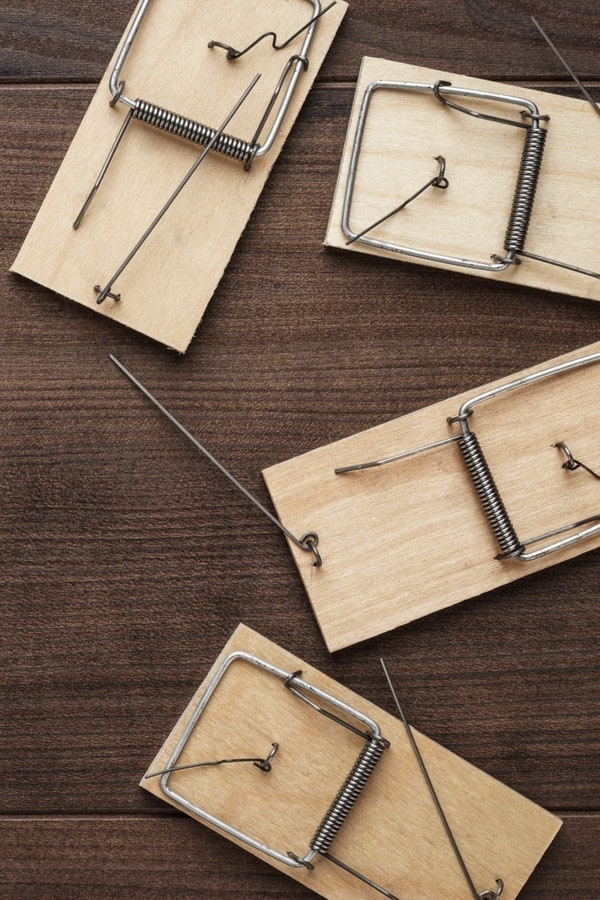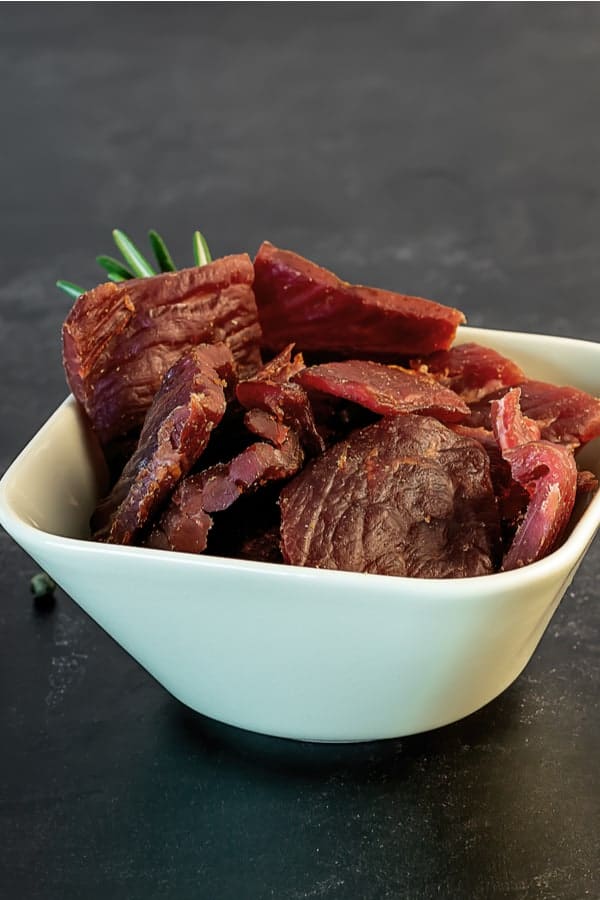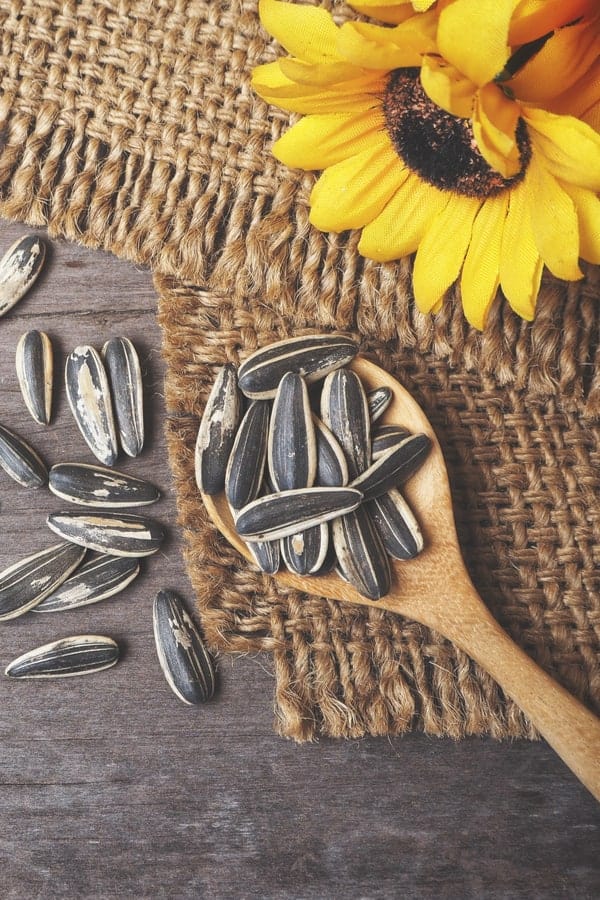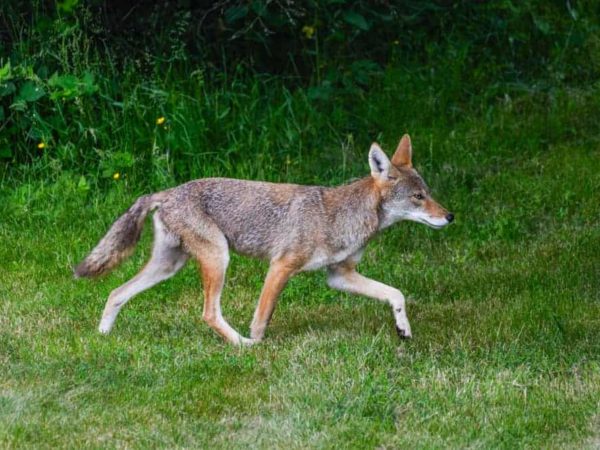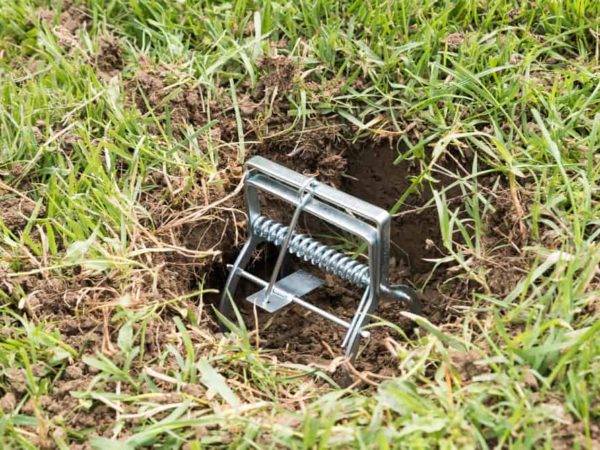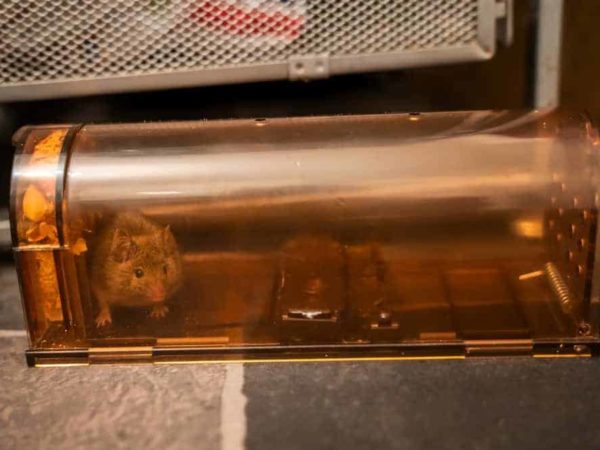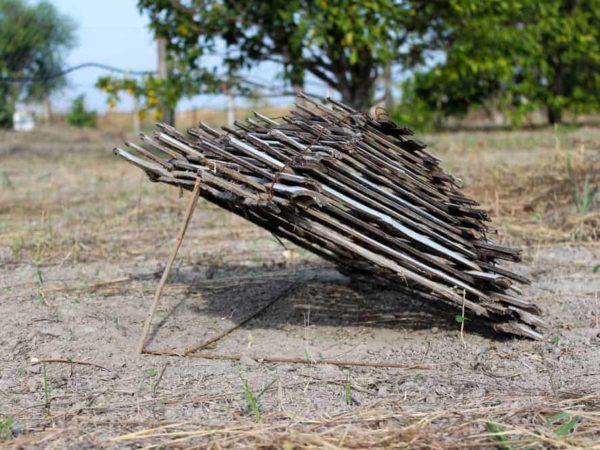You may have heard that, unlike dogs, cats domesticated themselves. Yes, we purposely captured wild canines, tamed them, and bred them for friendliness and loyalty. They helped us hunt and protect our homes. But cats moved in under their own terms and conditions.
They saw household rodents hanging around our granaries decided these were easier to hunt than wild ones. So they decided to hang around and sometimes grace us with attention and heart-melting purrs. Because, yes, cats can be affectionate, but only when it suits them.
It’s why some people say cats are the perfect metaphor for consent in intimate spaces. It’s also why farming communities keep cats as a form of low-cost pest control. But urban cats are plush and pampered, so while they may bring the occasional mousy gift, they rarely hunt.
Meaning if you live in the city, a cat isn’t the best solution to your rat problem. You’re better off using a trap. But what’s the best bait for mouse traps? You want something that won’t accidentally attract pets or the nosy little hands of your children. Let’s look at some options.
You’ll want to start with foods that mice enjoy – that’s the best bait for mouse traps.
So you could talk to the staff at a pet store or testing lab to see what they feed their mice then use that as bait. You can also check pet sites to see the best types of food for domestic mice.
1. Pocket-Friendly Peanut Butter
In the wild, mice are big fans of nuts and seeds. So these will always make a good option for bait. But seeds may not have as strong a scent, so they’re unlikely to draw mice in a hurry. Instead, try something aromatic that will function like a Bat-Signal … or maybe a rat signal. You can use any type of peanut butter you like, but cheaper is better and you can buy in bulk.
Low-cost peanut butter brands are likely to be greasier, so that’ll attract more mice. Makers may enhance the scent and flavoring of the product to cover up its low quality. Peanut butter also has sugar and additives that raise the calorie count, which means it’s more attractive to mice. And it’s sticky, so you can use a small amount and still get good results.
2. Hazelnut Spread
A common mistake when you’re baiting a mouse trap is to use too much. And it makes sense – more bait means more mice, right? Well, it depends on the kind of trap you’re using. Using excess bait may mean the mouse can grab bits of the bait and run without getting snagged. If it’s a kill-trap, you can only catch one rodent before you need to empty the trap and clean it.
Without that step, the scent of their dead cousin will scare away any mouse that may be tempted by the bait. If it’s an ethical trap, you might draw extra mice, but they might still sense the anxiety and panic of their trapped compatriot. Hazelnut spread is nut-based and sticky so you can use a single dab. The added sugar is a larger lure but buy the cheap stuff.
3. Cheap Cheese
We keep mentioning cost-effectiveness as we explore the best bait for mouse traps. It’s because the bait is only meant to pull and/or kill them, so you don’t want to waste premium cuts of meat or expensive organic seeds. Cheap bait is also more likely to smell – both because of its cost-cutting ingredients and enhanced aromatic seasoning and flavoring.
And remember, stereotypes are based on truth, so yes, mice are attracted to stinky curdled milk. It’s the fat and protein that draws their attention, so the cheese does make good mouse bait. But cheese will leave your house smelling unpleasant, and it can draw mold, bugs, and other pests. If you opt for cheese, change the bait regularly to avoid accumulating any stench.
4. Fresh Peas
You may assume that fresh fruit is the best bait for mouse traps. Especially if you leave it out in a warm place where it can get sweet and syrupy – that thick scent is sure to draw mice. But it will also draw birds and ants, so you’ll have more clean-up to deal with. Also, the presence of other pests may scare off the mice as they look for quick snacks and less competition.
Fruit is also easier for the mouse to bite off a piece and run without getting trapped. So you’d be better off using small soft seeds. That way, the mouse has to come right into the trap so they can carefully grab the seed. Green peas are a good choice. If the peas are frozen, thaw them first. This releases the scent, which mice may not spot if the seeds are dried or frozen.
5. Sweet Corn
Similarly, corn (known as maize in some parts of the world) is a good form of mouse bait. It’s part of their ancestral diet, whether they’re nibbled corn cobs in the fields or attacking dried seeds in the silo or granary. Fresh corn is softer and more attractive, especially if it has a vivid smell. And sweet corn has more natural sugars than regular corn, so the mice love it.
Because corn seeds are so small, the mouse has to touch the seed and hold it in both its hands. So the mouse is likely to settle into the trap and get comfortable, which increases its chances of triggering the trap. You might be tempted to use baby corn on a cob, but that’s easier for the mouse to pick up and run off, so a smaller ‘fast-food’ seed makes smarter bait.
6. Breakfast Cereal
The word ‘cereal’ is sometimes used to describe any kind of fresh or dried grain, especially in Commonwealth countries. But when Americans say cereal, we generally mean the candied stuff that comes in boxes and is served with milk. These breakfast cereals often have the size, shape, and texture of field grains, so they can be quite attractive to wild birds and mice.
And because many breakfast cereals have a sugary coat on top and intensely sweet aromas, they’ll draw mice by the busload. If you have a massive mouse problem, buy cheap breakfast cereals from a wholesale store and keep them in airtight boxes or you’ll soon have boxes full of mice! You can also get expired (or close to expired) cereal since it’ll have a stronger smell.
7. Cookies and Crackers
These two crunchy snacks are quite popular with mice, so they’re high on the list of the best bait for mouse traps. Crackers are generally salty while cookies are sweet, but they both have a high fat content, which mice and other rodents love. They’re also quite rich in their smell so they can pull mice from all around. Break the snacks into smaller bits and keep them dry.
If the bits are too big, the mouse can get a better grip and carry the bait safely out of the trap. And if the snacks get too soft, the mouse can’t grab hold of the soft crumbs and may give up and run. So you’ll want to check on your baked bait and keep it dry and crispy, with portions that are just the right size for those little mouse hands. This also leaves less of a mess for you.
8. Pieces of Pasta
It might be fusilli, macaroni, or even ravioli – mice love to dig their teeth into the stuff. Again, you’ll want to use bite-sized bits that the mouse can’t drag to a hidden layer. Uncooked pasta is one of the best bait options for mouse traps because it doesn’t crumble and leave a mess and it doesn’t smell, so it won’t attract other pest classes like ants or birds.
Of course, you can boil some to raise the aroma. If you put a little spaghetti on the pot and leave it uncovered, the aroma will fill the room and draw your prey. But once your space smells like a small Italian joint, cover the cooked pasta and leave raw bits of it inside the trap. You’ll need patience though because dried non-smelly bait is slower at calling the mice.
9. Pet Food
Most types of pet food will attract mice, so they’re a smart option for baiting your trap. You could go for wet food or dry food – both are designed to be aromatic. But wet food is less hygienic and attracts germs, insects, and parasites. An even more effective trick is to use pet food designed for domestic mice. This might include freeze-dried shrimp and mealworms.
These don’t need to be fresh, but you should check the instructions on the pack in case they need to be rehydrated. You should also choose the type of pet food that works well with your trap. Scattering mealworms around a kill-trap can make it easier for the mice to dodge, but sprinkling them over a glue trap can be effective since the bait and the mouse will get stuck.
10. Commercial Candy
Gumdrops are a top choice when it comes to mouse bait. They’re sweet-smelling, soft, sticky, and saturated with sugar. As with the fresh seeds you tried earlier (corn and peas), you’ll need to use small pieces that your mice can’t drag away. The visible sugar crystals are an especially impressive lure because they invite mice to sink their paws into the jelly and lick.
As they try to lick off those saccharine granules, the mice will get their claws caught in the gooey gel and hang around longer. Similarly, marshmallows make great mouse bait. And you can make some at home if you don’t want to grab some from the store. Just make sure the traps are safe from kids and pets – they’ll be equally attracted by all that unsupervised candy.
11. Nesting Stuff
The best bait for mouse traps is small and sticky with an enticing smell. But you don’t just catch mice when they’re eating. You can set traps in the areas where they play, breed, and sleep as well. But for cozy, homely traps, you want the kind of bait that invites them to get comfy. The type of bait they can use to form inviting nests for their babies and boyfriends.
This kind of mouse trap should be lined with synthetic nesting materials. These might include bits of string (like yarn, twine, dental floss, or even ribbons) that mice may use to hold the nest together. Other materials might be fibers, cardboard bits, make-up pads, cotton balls, or wads or ratty fabric, pun intended. As they tug the items, they’ll trigger the trap.
12. Dehydrated Meat
While mice mostly eat seeds and nuts, they can be tempted by beef jerky or smoked strips of meat. This makes good bait because while the water content is gone, the oil still has natural fats and/or smoking salts that may attract mice. Plus, because the meat is dry and flaky, it’s less likely to attract other pests. Shred the meat so it’s in bite-sized bits for those mousy feet.
Dried meat will also last longer than fresh bait so you can leave it out longer. The strips work well with glue traps, but you do need to hide the meat from pets and children. Commercial meat strips are sometimes marinated in spices, beef rubs, and brown sugar, which makes them more inviting to mice. If you cure meat at home, you can save some strips for traps.
13. Commercial Bait
When you’re setting up a mouse trap at home, you may want to use local bait. This might be something you already have in the house, like birdseed or even dried sunflower seeds. But these are easy to grab and run, so you’re essentially offering take-out to your uninvited guest mouse. Commercial bait can be more effective, and there are lots of different bait brands.
These bits of mouse bait are infused with poison though, so be careful while setting and preparing them. You don’t want your kittens, hamsters, or toddlers ingesting those toxins. The bait might come in the form of a gel that you can spread over the trap – something like Tomcat or Provoke. Or you can get a trap that already has mouse bait loaded into the trap.
So What’s the Best Bait for Mouse Traps?
Look for sticky, creamy bait like peanut butter, cheese spread, or marshmallow fluff. The mouse can’t pick these and race off, so they’re more effective at distracting the mice long enough to trigger the trap. But you can still use dried seeds, soft legumes, candy, and jerky. What bait did you use in your last mouse trap? Tell us all about it in the comments section!

